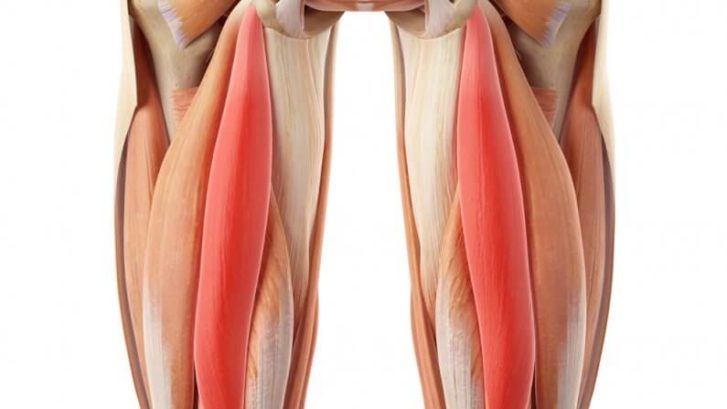Hamstring strain due to Glute max late firing : Part 1
What is Synergistic dominance ?
It is a self-serving substitution system that allows us to carry on life even though parts of our structure . It may be slowly breaking down and decompensating.
A typical synergistic pattern often exists in runners with a unilaterally tight/hypertonic iliopsoas that is reciprocally inhibiting the ipsilateral gluteus maximus. The hamstrings and adductor magnus (synergists in hip extension) are over active to help the weakened gluteus maximus in hip extension efforts.
This pattern is one of the primary causes of hamstring pulls and is initiated by the late firing of the weakened gluteals during hip extension, especially during activities that include running.
Arthrokinetic Dysfunction :
Synergistic dominance eventually end up with Arthrokinetic Dysfunction .which is the result of prolonged alterations of
[restrict]length-tension relationships of muscle forces at a joint . It results into abnormal joint movement and loss of joint play.
When overactive hamstrings are recruited to compensate for a weakened gluteus maximus, the constant unilateral pull on one ischial tuberosity loose the sacrotuberous, sacrospinous, long dorsal, and sometimes the iliolumbar ligaments causing the pelvis to lose alignment and stability.
Hence , the brain frequently send signal to piriformis muscle to constantly produce forces for contract isometricly on ipsilateral or contralateral side that help to stabilise SI joint.
What happen in Lumbo-pelvic region ?
There is often arthrokinetic Dysfunction seen in athlete .This imbalance commonaly presents as a unilateral dysfunction.
The following muscles tend to be short/tight on one side only: iliopsoas, piriformis, rectus femoris, adductors, latissimus dorsi, and lumbar erectors.
The weak muscles which are gluteus maximus/medius, biceps femoris, transverse abdominus, internal obliques, mutifidi, and some pelvic floor muscles. The painful hip condition that ensues is a result of a unilateral pelvic tilt, functional short leg, compensatory lumbar scoliosis, and restricted lumbar facets on the contra lateral side .
This postural pattern may irritate the superior and/or inferior gluteal nerves due to pain originate from this postural dysfunction.These branches of the sciatic nerve located on the anterior side of the sacrum. The superior gluteal nerve supplies the gluteus medius/minimus and tensor fascia latae muscles and is many times mis-assessed as greater trochanteric bursitis.
Referances :
- Donald A. Neumann, “Kinesiology of the Musculoskeletal System: Foundations of Rehabilitation – 2nd Edition” © 2012 Mosby, Inc.
- Shirley A Sahrmann, Diagnoses and Treatment of Movement Impairment Syndromes, © 2002 Mosby Inc.
- Pic courtesy : yogaanatomy
[/restrict]
Stay tune with us for next part……
What can be the different diagnosis?




Leave a Reply
Want to join the discussion?Feel free to contribute!